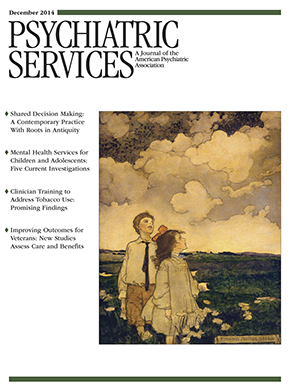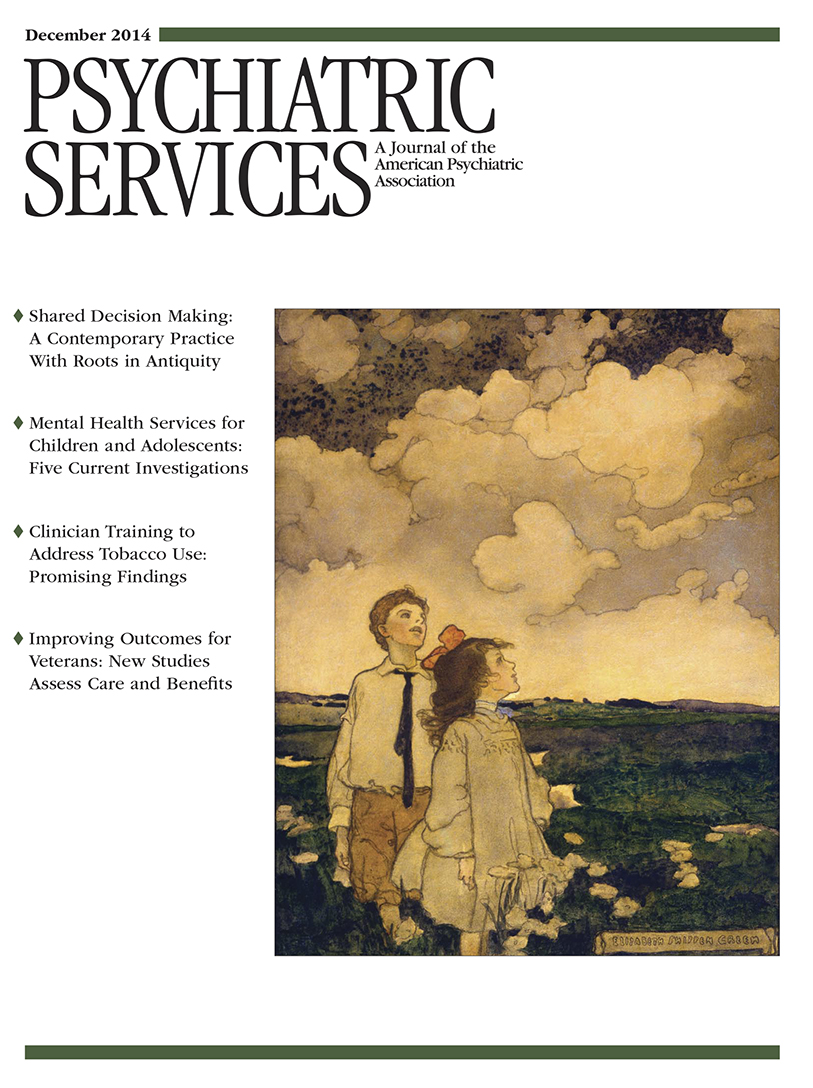With the exception of four years in Massachusetts for residency, I’ve lived on the West Coast; my knowledge of the Shakers was from their unadorned modernist furniture. Before researching the Shakers, Rachel Urquhart notes in her debut novel’s bibliography, she “knew three things about the Shakers: they forbade sex, they made beautiful furniture, and they shook.” The Visionist, set in 1840s rural Massachusetts, reveals much about the contradictions within a Shaker community.
The heart of this novel is the personal transformation of protagonist 15-year-old Polly Kimball. Of the hardships of agrarian poverty and abuse, Polly says, “Death comes easy here. It’s living that’s the struggle.” The brutal uncertainty of the times is reflected in her father’s cider-fueled drunken rages, dogfights that pull in locals to nearby tavern basements, and the threat that women and children like Polly will be sold to the lowest bidder at pauper auctions. Polly has weathered incest and abuse and witnessed an attempted murder of her infant brother at her father’s hands. After setting fire to her family home, she flees with her five-year-old brother to the ordered isolation of a Shaker farming commune. Her evolving sense of family, self, and trust takes place in this Shaker community.
Polly’s past haunts her in nightmares and hallucinations, which the Shakers take as proof of her being a “visionist”—a revered channeler of heavenly inspiration—which furthers her self-doubt and isolation. Young Shaker women across the Northeast at the time are having mystical visions that spark spiritual enthusiasm within the Shaker community and interest in Shaker communities from the larger world. One of the elder Shaker’s suspicions about Polly’s past connects the story to a more expansive crime drama involving greed, revenge, and abandonment. The fire inspector hired to investigate the burning and to locate Polly’s family has a traumatic childhood event of his own that connects his narrative with Polly’s.
Within Shaker culture, men and women were treated as separate equals, yet family connections must be disavowed entirely. Talc is placed on the halls outside dormitory rooms to catch any late night temptations. While Shaker dances and visions were quite exuberant, like “the clamor of an asylum,” days are spent maintaining orderliness and pursuing purity through work, farming, and making goods. These goods included medicinal tinctures, salves, and extracts sold for profit to locals and to European markets. This utopian religious community offered sanctuary and pursuit of spiritual ecstasy for any who entered, but it expected sacrifice of individual desires and expression, because “no blade of grass stood taller than any other,” for collective spiritual submission and unity.
Urquhart handles the importance of secrets and the resulting guilt and loneliness with insight. The emotional reflections of Polly and the fire inspector are woven into the plot deftly and with complexity. The novel’s pacing, true to Shaker form, is slow and deliberate. The strength of this novel is the protagonist’s dramatic resilience. However, the middle third of the book suffers from being slow and redundant, and Urquhart attempts to tie too many stories conveniently together in the last few chapters.
Those with an interest in religious or utopian histories will find this novel useful. Although fiction, this novel likely would also appeal to clinicians working in the context of traumatic experiences.
Acknowledgments
The reviewer reports no financial relationships with commercial interests.

